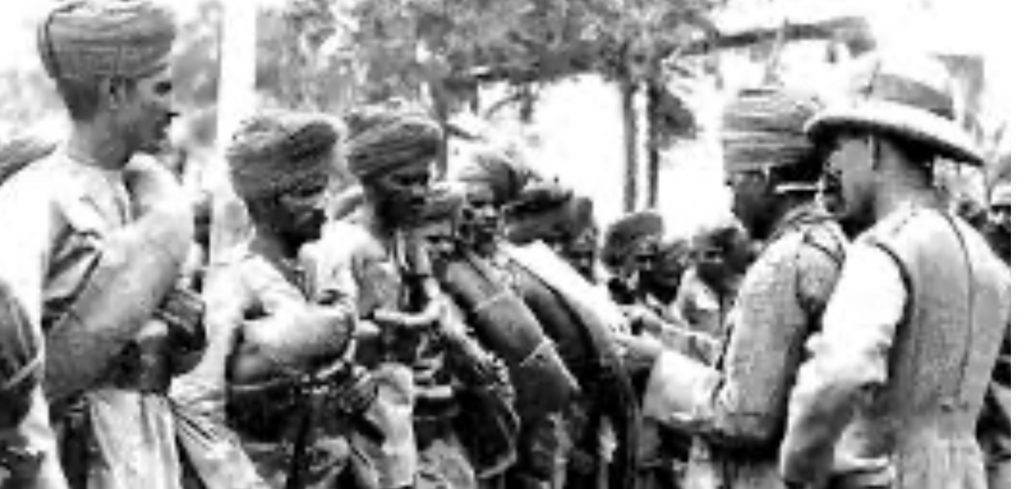The Sideshow Defeat, Kut 1916.

1916 is the year of the Battle of the Somme and the maritime Battle of Jutland. However, at the same time elsewhere in the world, in Mesopotamia, a forgotten British-Indian garrison surrendered to the Turkish Army. The town of Kut-al-Amara had been under siege for nearly five months and on 29 April 1916, 13,000 soldiers were taken into captivity. A third of the prisoners were to die. This was a major disaster.
The human stories of imprisonment are all but forgotten. The senior officers were separated from their men and transported to various open camps throughout what is now Turkey. For most of them, the next two and a half years were mainly tedious and uncomfortable, as they kept themselves busy and impatiently waited for the end of the War. Some attempted to escape and were successful.
For the soldiers, conditions were far more desperate and there were few opportunities to escape. These were men who had already undergone hardship, disease and debilitating conditions during the siege. They were then marched hundreds of miles into the Ottoman Empire, often to work on the railways in terrible conditions. Sergeant Coombes, of the Queen’s Own Royal West Kent Regiment wrote, ‘Disease started at Shumran. First cholera, then dysentery, and enteritis’. In their first twenty-four hours in captivity, their Arab guards stole boots, helmets and water bottles from their prisoners, and if a man lagged in the columns he was whipped mercilessly as the guards shouted ‘Yellah! Yellah!’ (move along). As Private Hughes commented, ‘The clothes were taken off the corpses, which were left absolutely naked to make food for vultures’. Flight Sergeant Long later wrote that, ‘No words can describe the appalling misery of that scene’, adding, ‘They were being driven across the pitiless wastes under a scorching sun, herded along by a callous escort of Arab conscripts.’
Many men died en route through Baghdad and Mosul into the interior of the Ottoman Empire. Staff Sergeant Bird wrote later, ‘They were lying on the ground suffering from high fever and dysentery, and, needless to say, were smothered from head to foot in filth and covered with flies’. Conditions for the soldiers, particularly the British and Indian non-Muslims, were harsh; the Turks had few luxuries, so it was hardly surprising that the prisoners received little comfort or support from their enemies. As one prisoner recorded, ‘No one will ever know how many were left on the roadside to die’. His unit, which ended up working at Bagtsche rail station had left Kut with 300 men; only 140 remained alive, they were not fit and were practically skeletons.
The senior non-commissioned officers did their best to hold their troops together. These were men like Regimental Sergeant Billy Leach of the 1/4th Battalion of the Hampshire Regiment. As his troops moved north he ensured that what food was available was fairly rationed and his notebook recording his issue of food is still held by the Royal Hampshire Regiment Museum at Winchester. After all the marching and loss of lives, he became the senior prisoner at a place called Nusaybin, helping to work on the railways, which were overseen by Germans. He kept records of all the men there and dealt with their administration; he was a vital and popular figure who kept morale as high as he could, helped by a Sikh officer and a couple of Indian sepoys. Unfortunately, he died in captivity, of typhus.
This is a fascinating tale of not only human suffering, but great bravery, which is little known. Let us not forget the sacrifices that were made by both British and Indian soldiers in Mesopotamia.
(Extracted from the book by Patrick Crowley. Kut 1916: The Forgotten British Disaster In Iraq)

